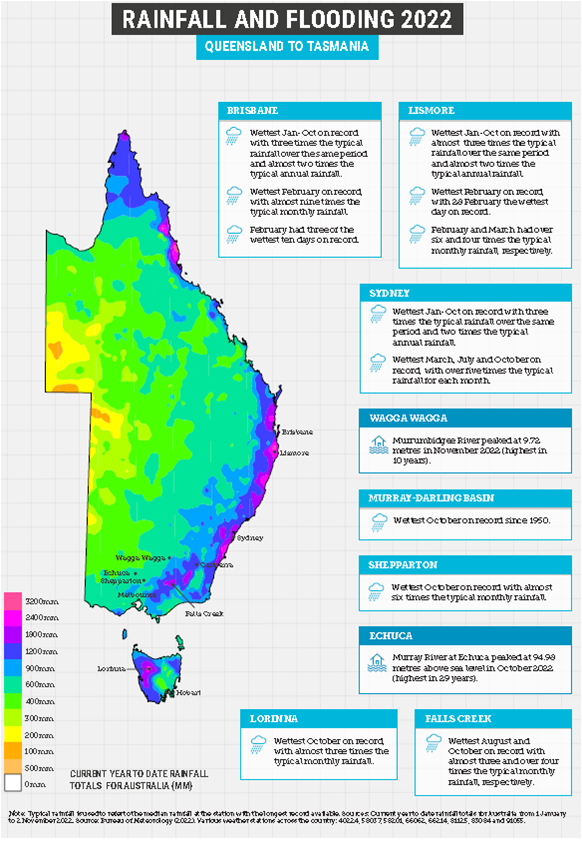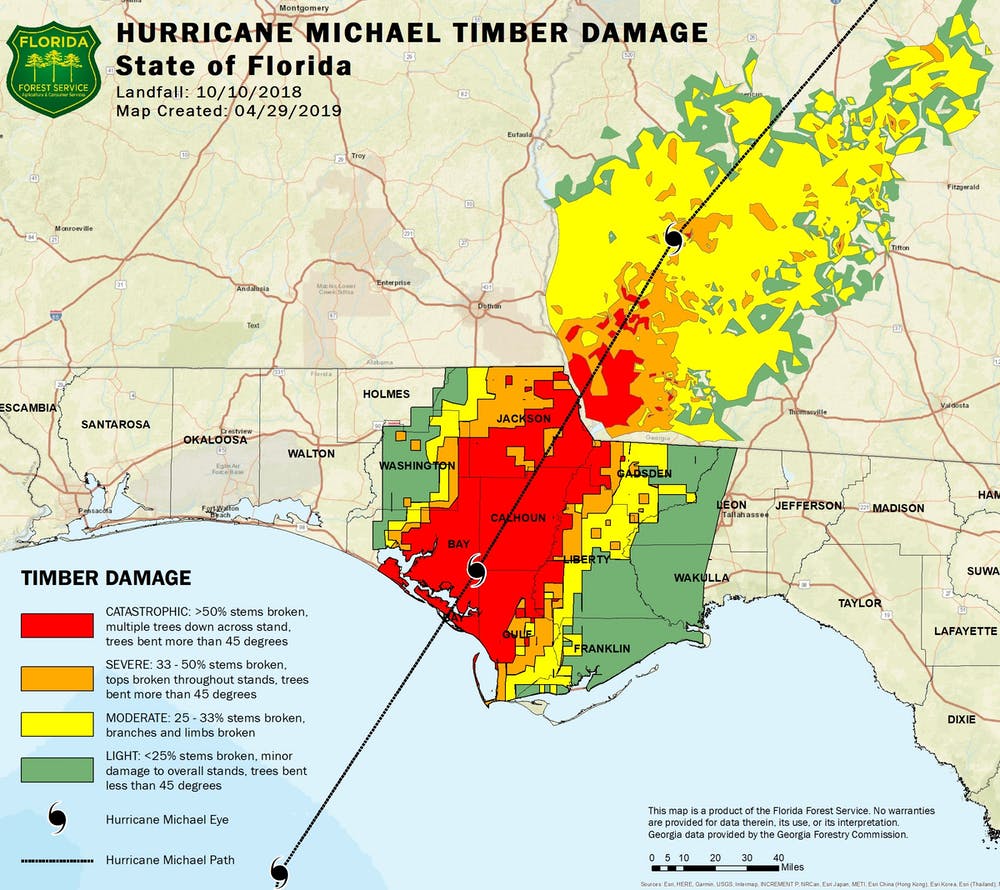Climate Council warns of wet future for Oz
Climate change, driven by burning fossil fuels, contributing to the Great Deluge, is consigning Australia to escalating climate disasters
Most of Australia’s East Coast from Cape York south to the Victorian border has had over a meter of rain by the end of October — with the rains still continuing. Some of these areas have had more than 2 meters, and a few more than 3 meters! Many rainfall records have been smashed in all of the eastern states: Queensland, New South Wales, Victoria, Tasmania; leading to almost constant flooding through the whole area that is continuing today. The latest reports from the BOM tell us the rains will continue into summer.
This is clearly a function of global warming. Physical laws dictate that as air temperatures rise, the air can carry more water vapor before it begins to condense as rain. Higher temperatures increase the rate of evaporation of water from soils and standing water – encouraging drought. Seemingly contradictory warmer air can precipitate more water in areas where it is raining. As the water condenses out as rain it also releases its ‘heat of fusion’ — and more heat is available to drive more extreme winds able to carry rain to high elevations before the rain freezes to fall back to Earth in devastating hail storms. Over larger areas there is also more energy available to fuel increasingly powerful cyclones.
Increased water means increased plant growth, increased temperature increases the rate at which soils and vegetation dry out — ensuring ever more catastrophic wildfires.
Ever more floods, fires and tempests cause increasing damage to infrastructure and people’s livelihoods and property until the catastrophes follow one another so closely that there are simply not physical or human resources left to repair the damage from one catastrophe before the next catastrophe causes even more damage. If the warming is not stopped this progression leads inevitably leads to social collapse (as we are already seeing in parts of the world), agricultural collapse (and famines as we are already beginning to see in Africa and the Middle East), ecological collapse (as we are already seeing in marine habitats with coral reef communities, kelp beds, sea grass meadows), and finally, population collapses when the land has literally been swept bare (areas in Africa are already on the edge of the cliff).
With the collapse of society, humans will quickly lose the scientific and engineering capabilities to fight further climate change already dialed into the system, such that there will be little hope of avoiding near-term global mass extinction. Continuing ‘business as usual’ support of the fossil fuel industry more-or-less ensures this grim outcome.
The Climate Council’s report, presented below, presents the facts and explains what they mean here in Australia, and some of the things we can to moderate and mitigate the expected damages. This is a good start, but I would be a silly liar if I said this was all we need to do in order to keep from utterly destroying our future.
Vote Climate One will continue to do whatever we can do to encourage serious government leadership and action to fight climate change. Please do what you can to pressure your representatives to counteract the self-serving special interests who consume our resources and return little or nothing from the super-profits they take overseas.
If we can help get climate savvy governments on the problems that really matter, they may be able to mobilize enough action so we can survive our accidental disruption of Earth’s Climate System so our kids and grandkids inherit a world they can live in….

Featured Image: Rainfall and Flooding 2022 – Queensland to Tasmania. Current year data from 1 January to 2 November, sourced from Bureau of Meteorology, 2022. Graphic from Chapter 2, The Great Deluge: Climate Extremes in Action, in the featured article.


